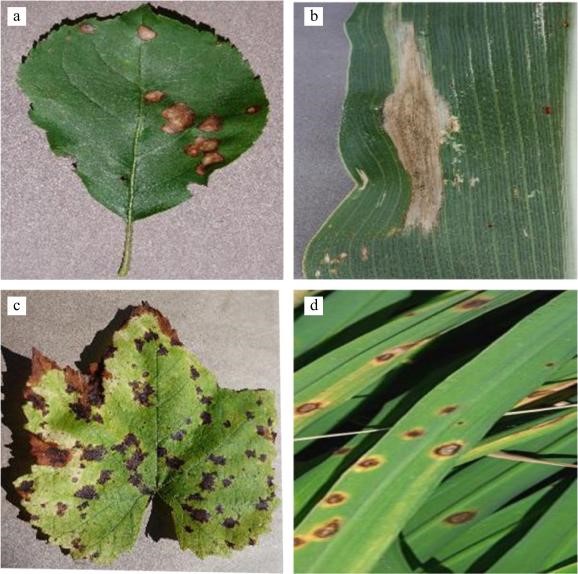Researchers have made significant progress in the field of artificial intelligence (AI) by applying deep learning techniques to automate the detection and classification of crop leaf diseases.
The consistent high temperatures and humidity in tropical areas create an ideal environment for plant diseases to thrive, posing a significant threat to food security. Traditional methods of disease detection, which rely on manual labor and expert observation, are time-consuming, expensive, and often not feasible in large-scale agricultural operations. The introduction of deep learning-based disease detection models offers a more efficient, cost-effective solution that can identify diseases at an early stage, thus enabling timely intervention.
A study (DOI:10.48130/tp-0024-0018) published in Tropical Plants on 26 June 2024, has far-reaching implications for tropical agriculture.
The study employs deep learning techniques, a subfield of machine learning, to automatically optimize computational models for tasks such as object detection, localization, and image classification. These models, which utilize methods like stochastic gradient descent and the Adam optimizer, enhance efficiency by eliminating the need for manual parameter design, streamlining the feature extraction process. Unlike traditional machine learning methods that require manual feature engineering, deep learning models autonomously learn from complex data, making them more suited for handling large datasets and automating tasks. The models leverage architectures such as Convolutional Neural Networks (CNN), You Only Look Once (YOLO), and Single Shot Multibox Detector (SSD), which excel in detecting and classifying crop leaf diseases with high accuracy.
The results of this method are promising, with recognition accuracies surpassing 90% in most cases, and some models achieving over 99% accuracy. The automatic feature extraction capabilities of deep learning models allow for efficient disease detection in real-world agricultural environments, including tropical regions where plant diseases spread rapidly. These models are not only reliable but also cost-effective, as they reduce labor costs associated with manual disease identification. Additionally, the ability to deploy trained models on mobile devices for real-time monitoring enhances accessibility for non-expert users, thereby contributing to timely disease prevention, improving crop yields, and advancing precision agriculture practices in tropical areas.
According to the study’s lead researcher, Huang Mengxing,“Deep learning models provide unparalleled accuracy and speed in detecting leaf diseases. By deploying these models in tropical agriculture, we can significantly enhance crop management, reduce labor costs, and promote sustainable farming practices.”
The integration of deep learning models into tropical agriculture offers a powerful tool for combating plant diseases, enhancing productivity, and promoting sustainability. With further research and refinement, these AI-driven systems could become a cornerstone of modern agricultural practices, particularly in regions where disease outbreaks pose a significant threat to food security. The future of agriculture lies in the seamless integration of technology, and deep learning models for leaf disease detection represent a major step forward in this direction.
###
References
DOI
Original Source URL
https://www.maxapress.com/article/doi/10.48130/tp-0024-0018
Funding information
This research was supported by the Major Science and Technology Project of Hainan Province (Grant No. ZDKJ202017-2-2).
About Tropical Plants
Tropical Plants (e-ISSN 2833-9851) is the official journal of Hainan University and published by Maximum Academic Press. Tropical Plants undergoes rigorous peer review and is published in open-access format to enable swift dissemination of research findings, facilitate exchange of academic knowledge and encourage academic discourse on innovative technologies and issues emerging in tropical plant research.
